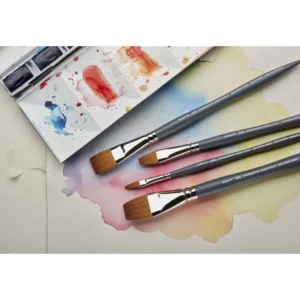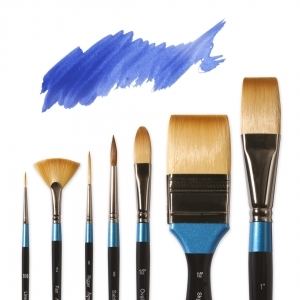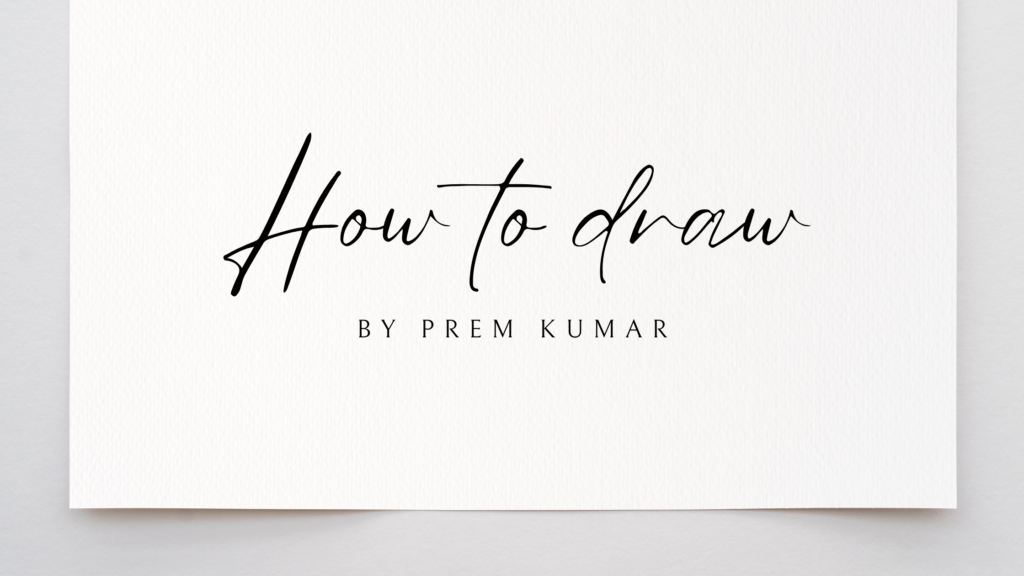Beginning a watercolour painting journey is an exciting adventure, and choosing the appropriate equipment can have a huge impact on the outcome of your artistic endeavours. One critical decision that artists must make is whether to use sable or synthetic brushes. Each variety has its own distinct characteristics that cater to diverse tastes and artistic styles. We’ll look at the qualities of both sable and synthetic brushes in this exploration to help you make an informed decision and improve your watercolour experience.
The Elegance of Sable Watercolour Brushes:

Sable brushes are popular among seasoned artists due to their remarkable quality and performance. These brushes are made with sable fur, a variety of marten found in Siberia. The softness, fine tip, and capacity to hold a large amount of water and pigment make the hair desirable.
One of the most notable characteristics of sable brushes is their reactivity. The artist’s hand is carefully responded to by the bristles, allowing for fine control and nuanced strokes. This responsiveness is especially useful when working on precise details or generating subtle gradients, allowing artists to attain a level of precision that is difficult to achieve with other brush types.
Another significant advantage of sable brushes is their durability. With careful care, these brushes can last for years, making them an excellent long-term investment for professional painters. Because of the innate tenacity of sable hair, the brush retains its shape and springiness over time, ensuring a constant painting experience.
The Benefits of Synthetic Watercolour Brushes:

Synthetic brushes, on the other hand, have grown in favour due to their price, ethical considerations, and adaptability. These brushes are comprised of synthetic materials such as nylon or Taklon, making them ideal for artists who make cruelty-free choices.
Synthetic brushes are frequently more resistant to wear and tear, making them ideal for heavy users or those just beginning their watercolour journey. Furthermore, these brushes are less prone to damage from frequent watercolour risks like mould and mildew, making them an excellent alternative for people who work in humid settings.
The low cost of synthetic brushes allows artists on a tight budget to have access to high-quality instruments. While current synthetic brushes may not have the precise feel of sable, they have come a long way in emulating the softness and flexibility of genuine hair, delivering a gratifying painting experience for artists of all ability levels.
Selecting the Best Brush for watercolour:
The choice between sable and synthetic brushes is ultimately determined by your personal tastes, financial restraints, and the specific needs of your artistic style. Here are some things to think about when making your decision:
Budget:
If you’re on a tight budget, synthetic brushes provide a cost-effective choice without sacrificing quality. If money isn’t an issue, investing in a few high-quality sable brushes can dramatically improve your painting experience.
Considerations for Ethical Behaviour:
If you value animal welfare, synthetic brushes offer a cruelty-free alternative without losing performance.
Painting Method:
Because of their responsiveness and fine tip, sable brushes may be a better alternative for delicate work and intricate strokes. If you frequently paint in a more powerful and expressive style, synthetic brushes can withstand the pressure and give long-term endurance.
Conclusion:
The decision between sable and synthetic brushes in watercolour painting is a personal one. Both types have distinct advantages, and the best brush for you is determined by your personal preferences and artistic requirements. Whether you choose sable for its elegance or synthetic for its practicality, the goal is to experiment and find the brushes that compliment your style, helping you to bring your creative thoughts to life with every stroke.
To learn more about art, visit SILPAVAT.IN


